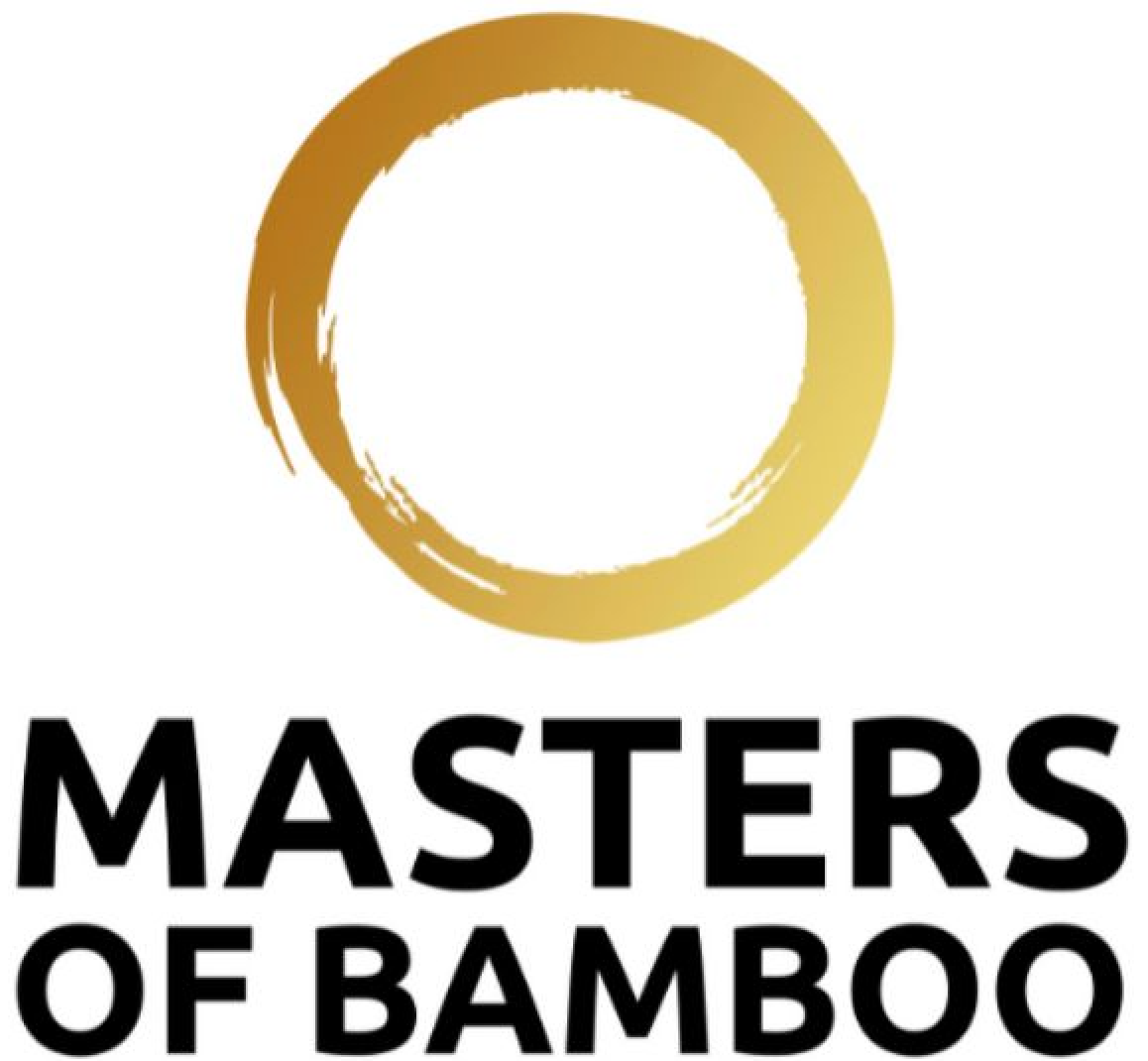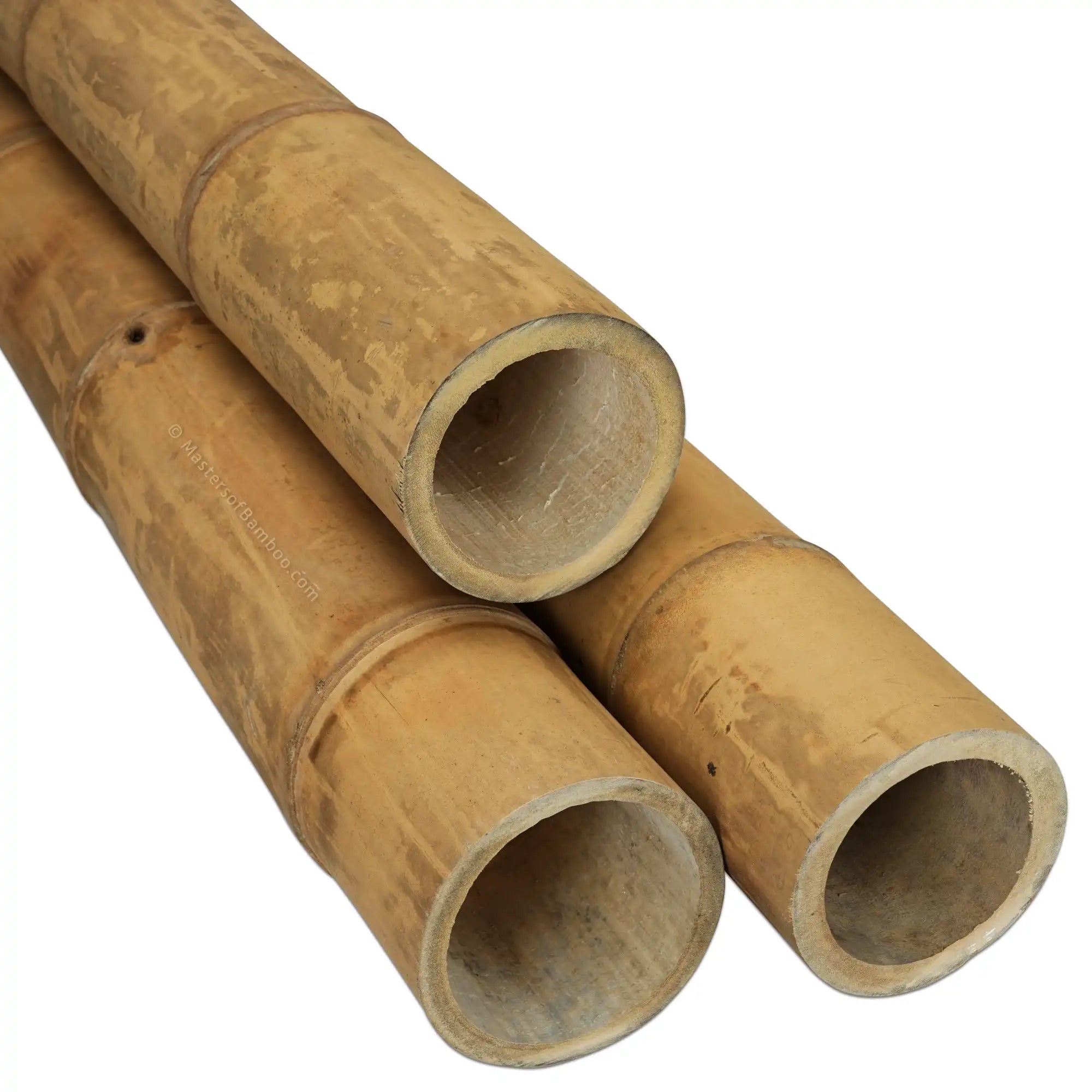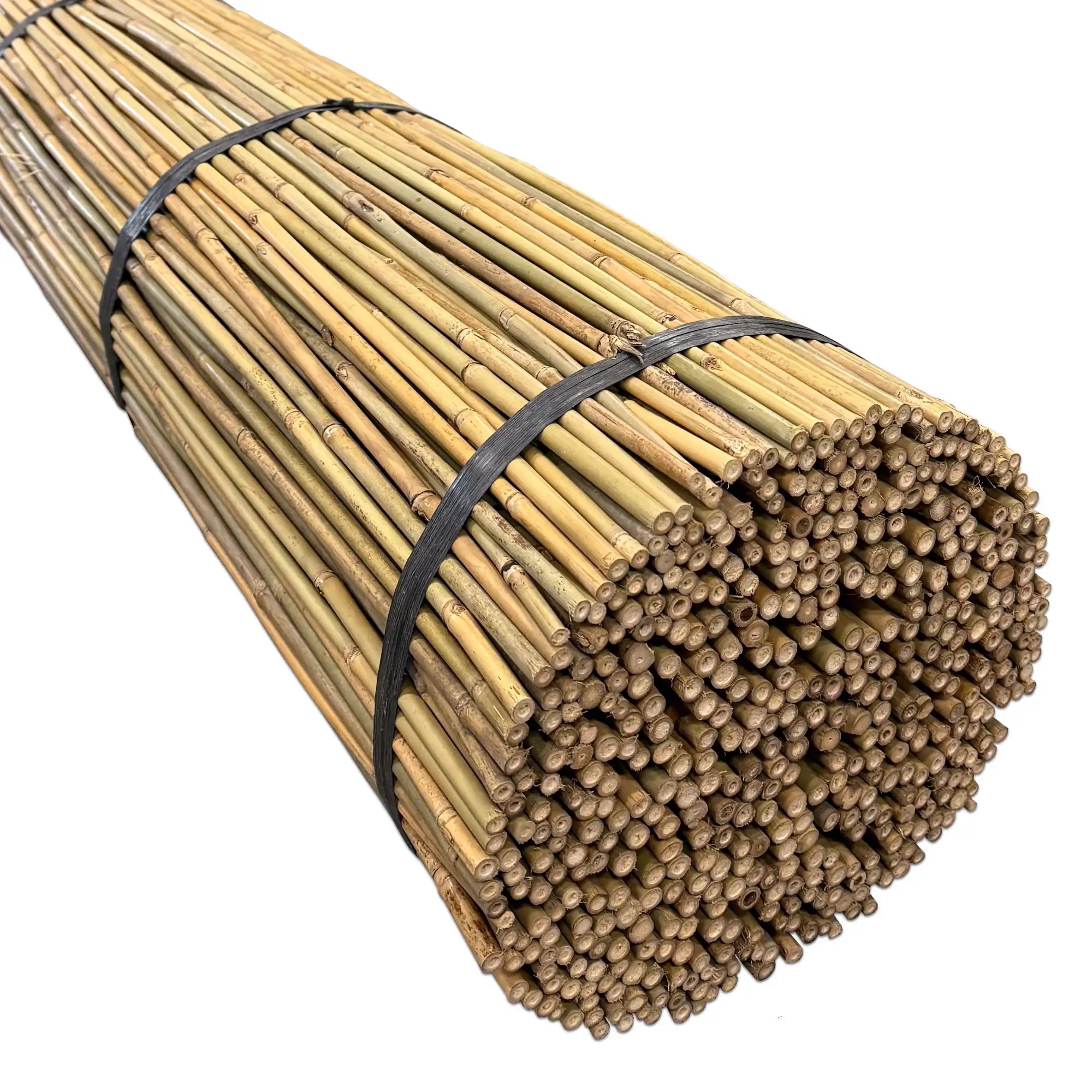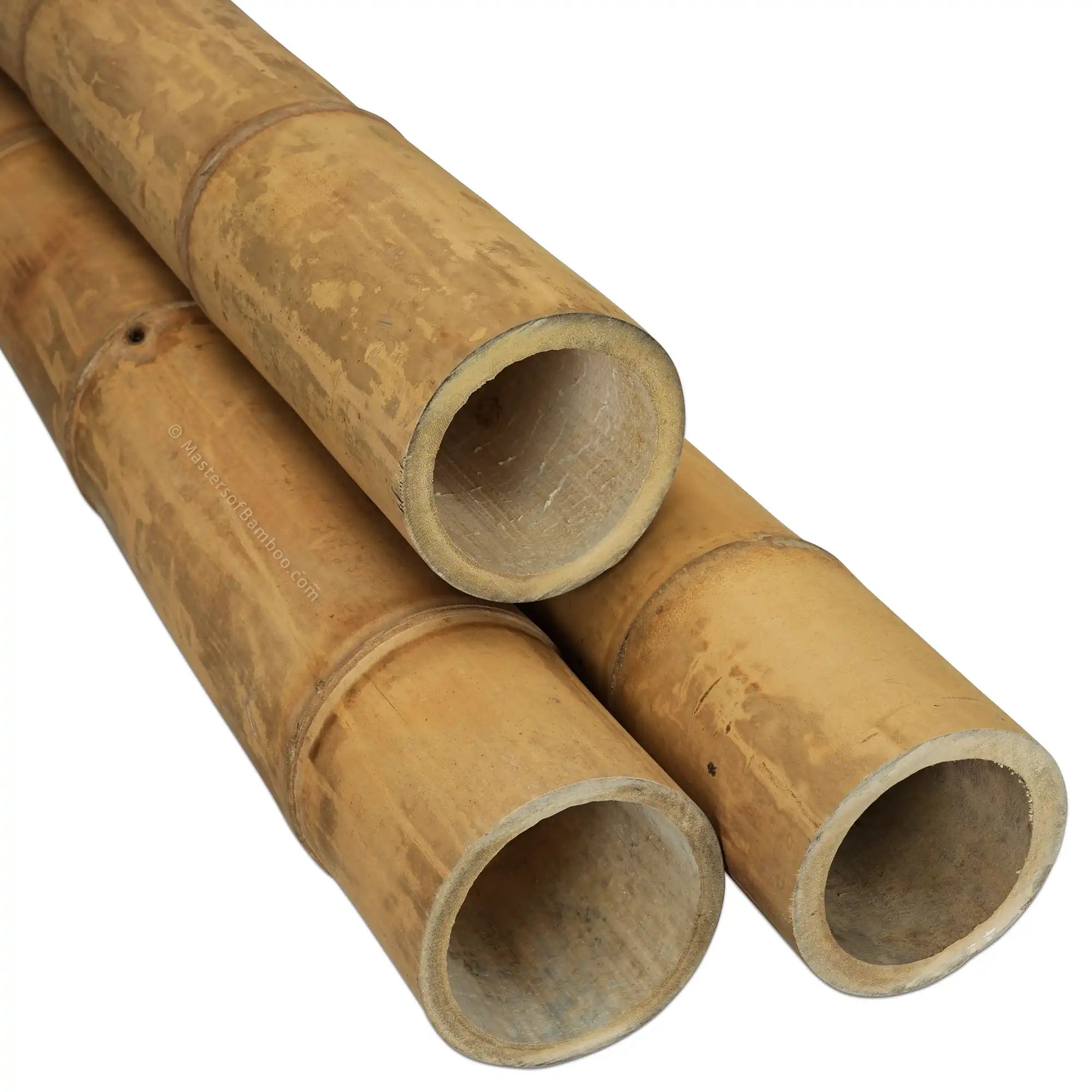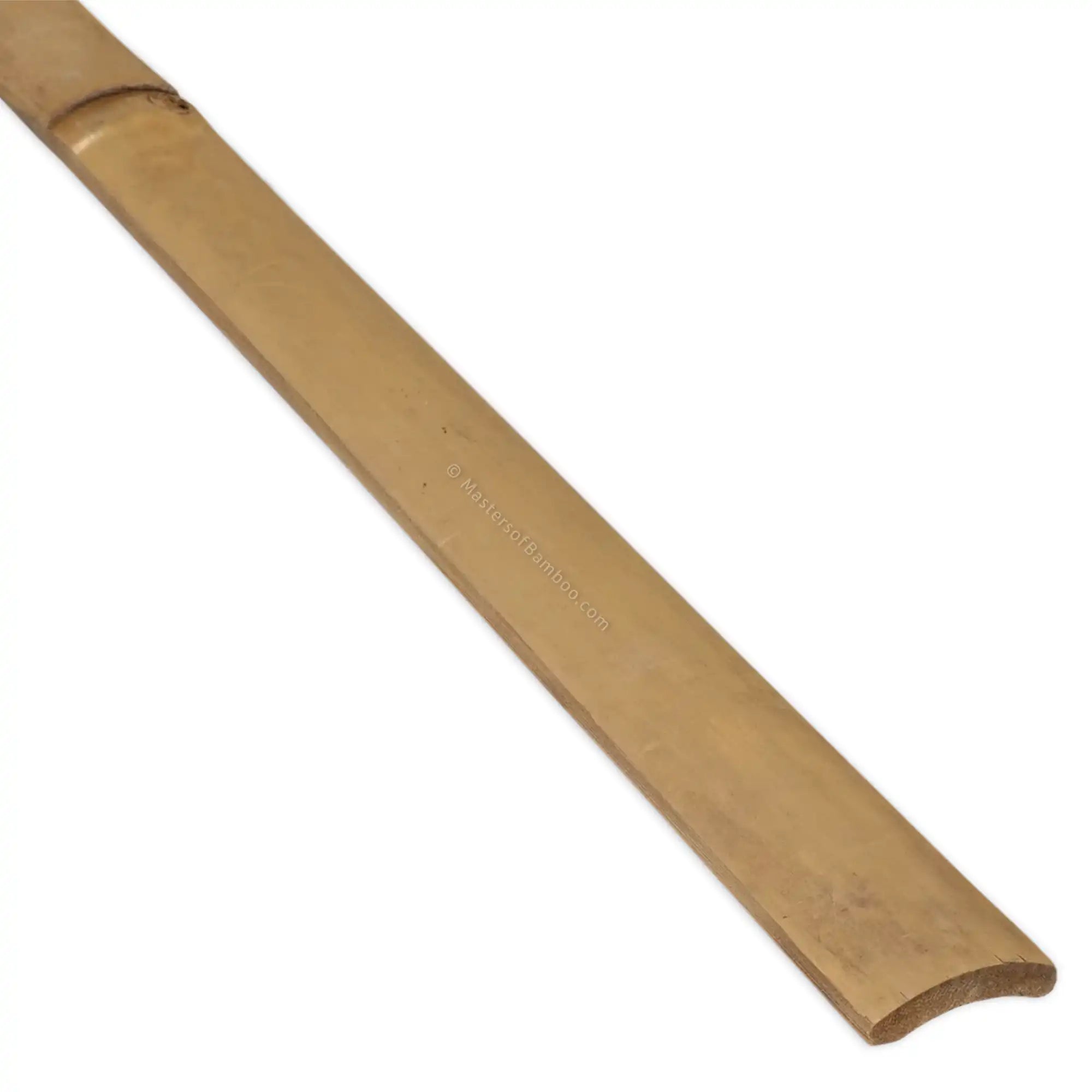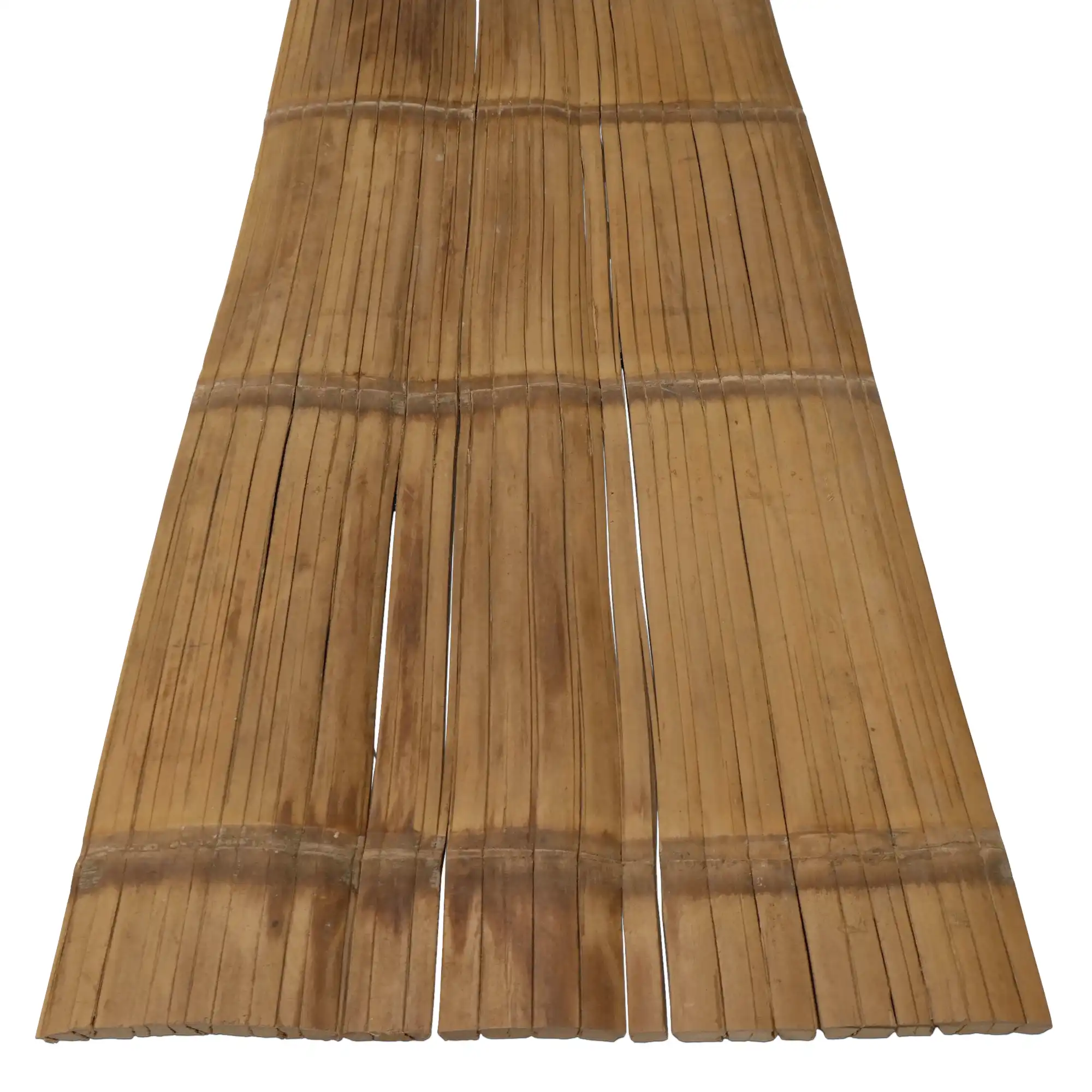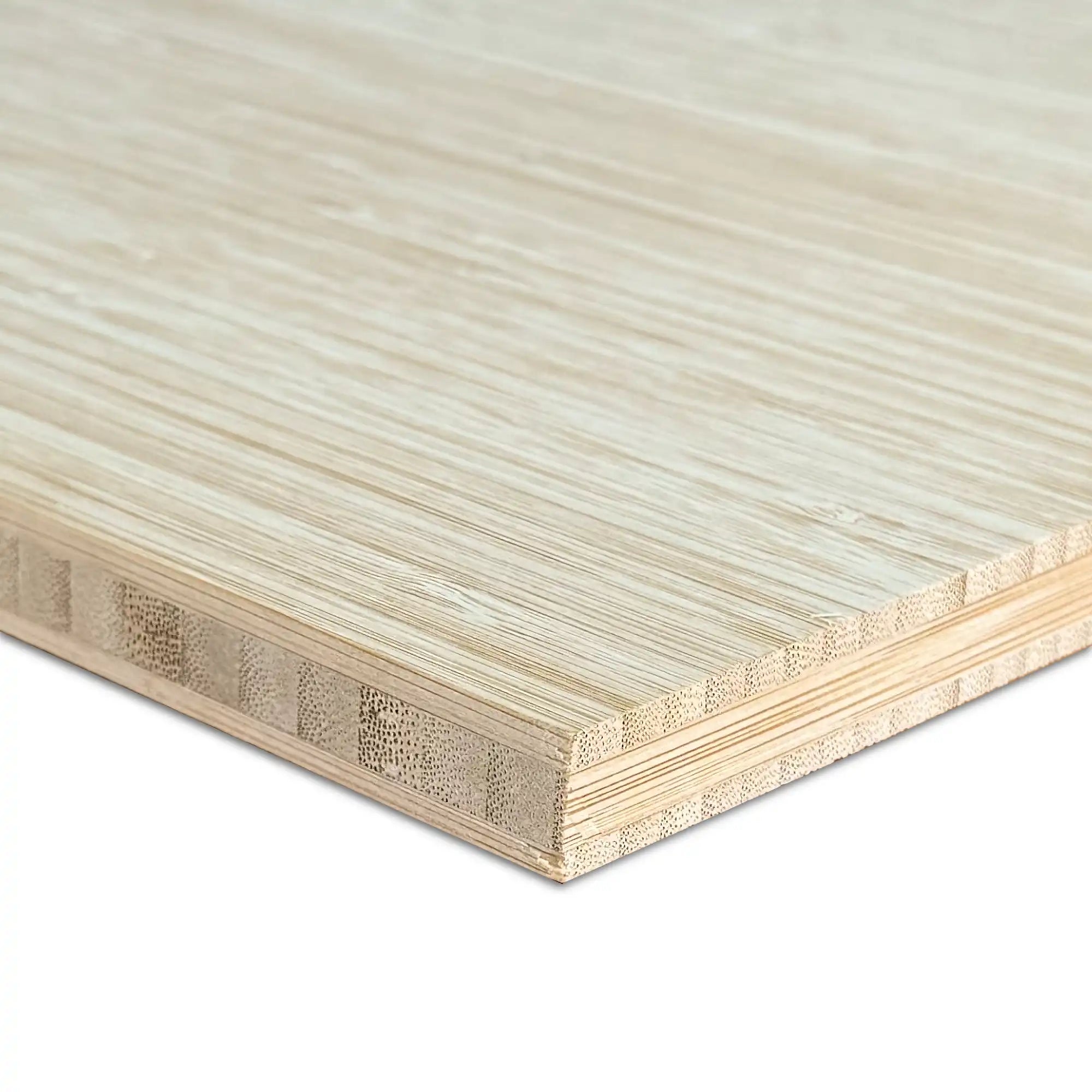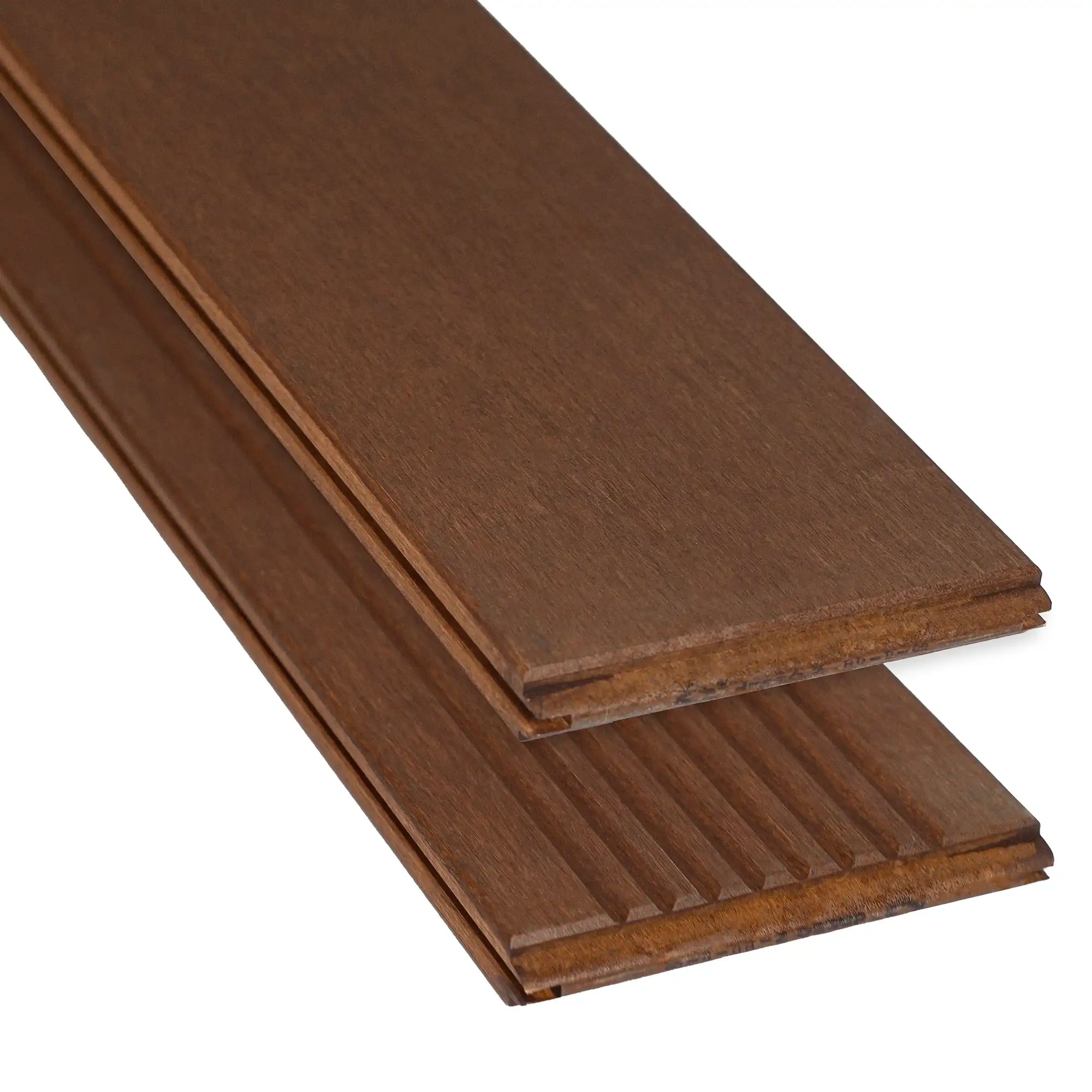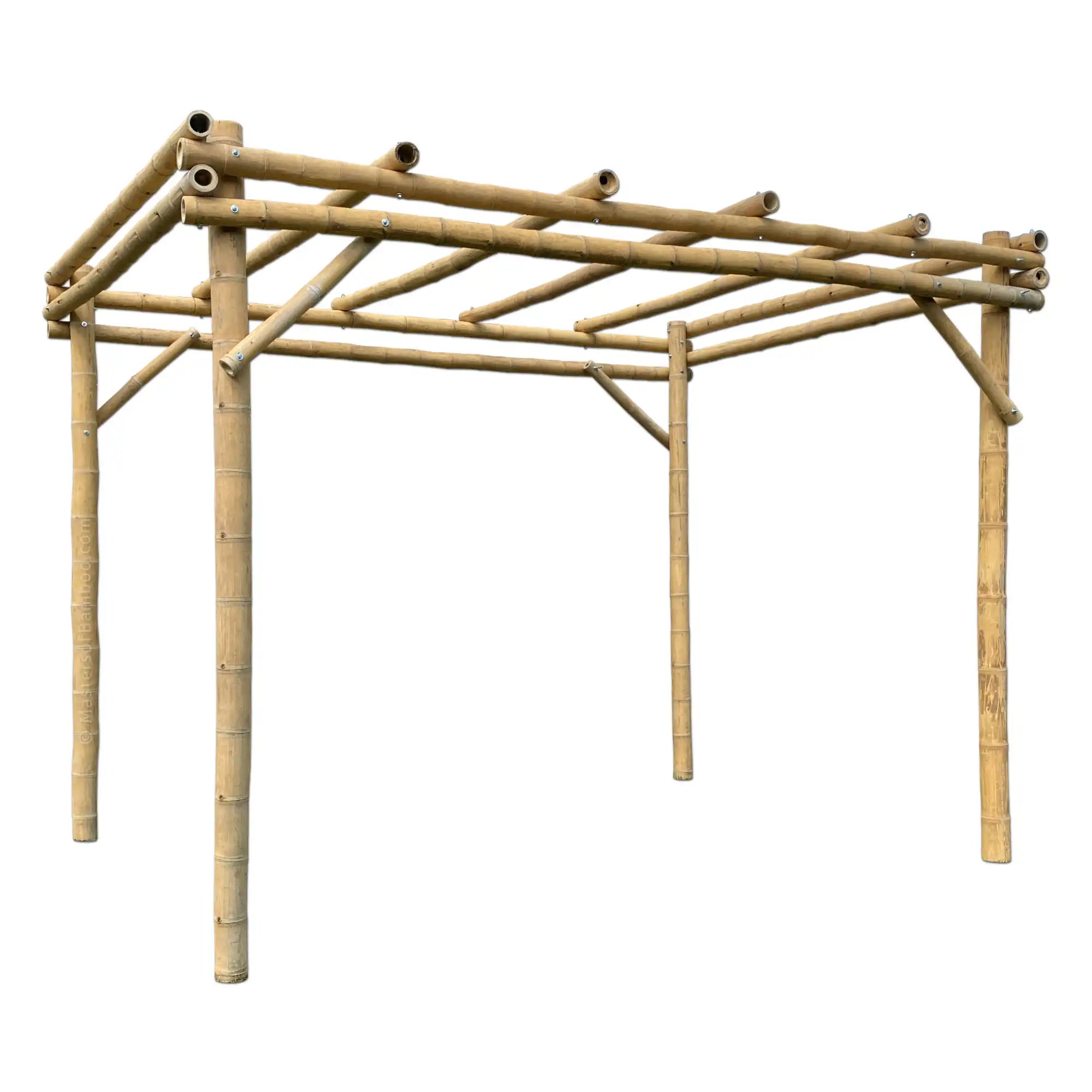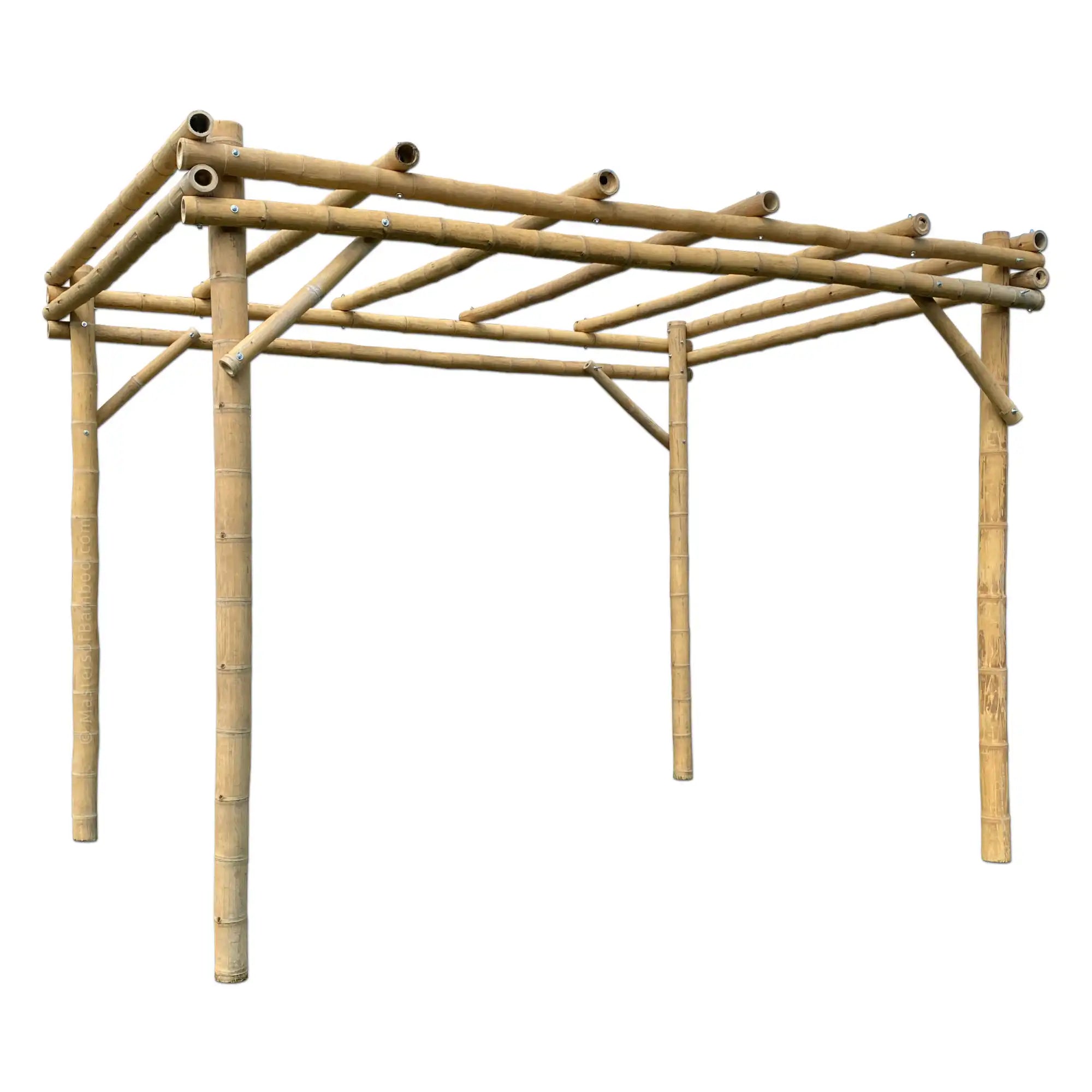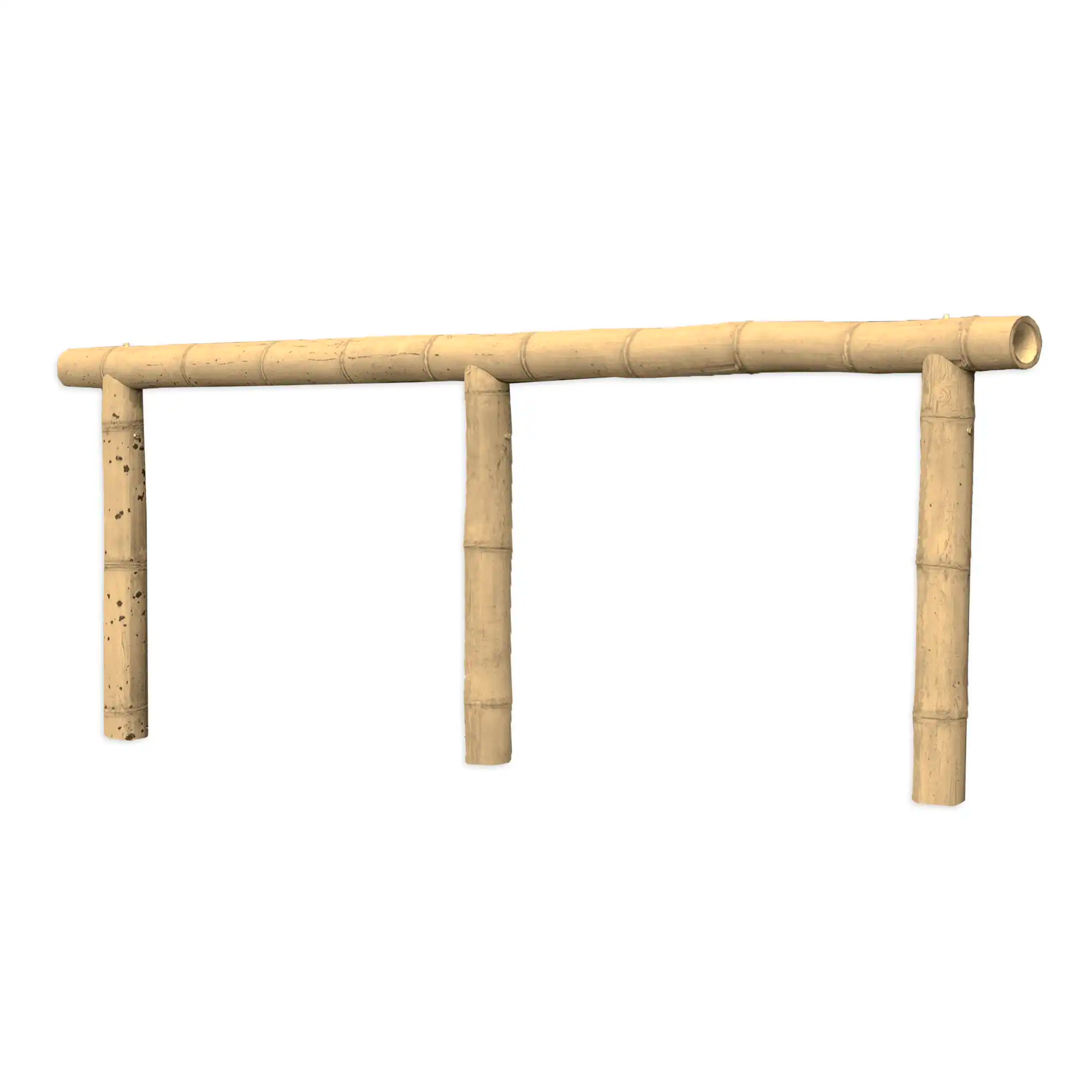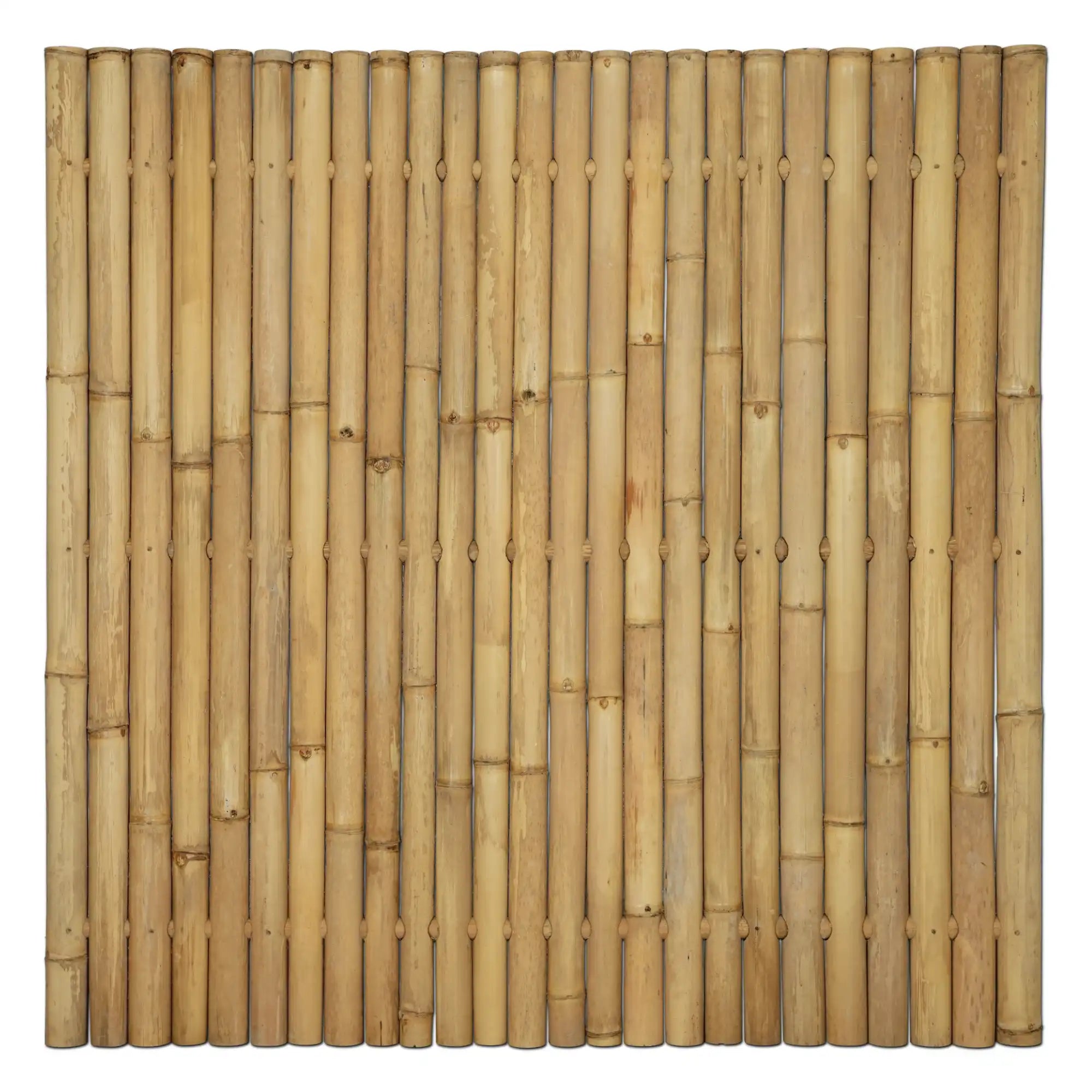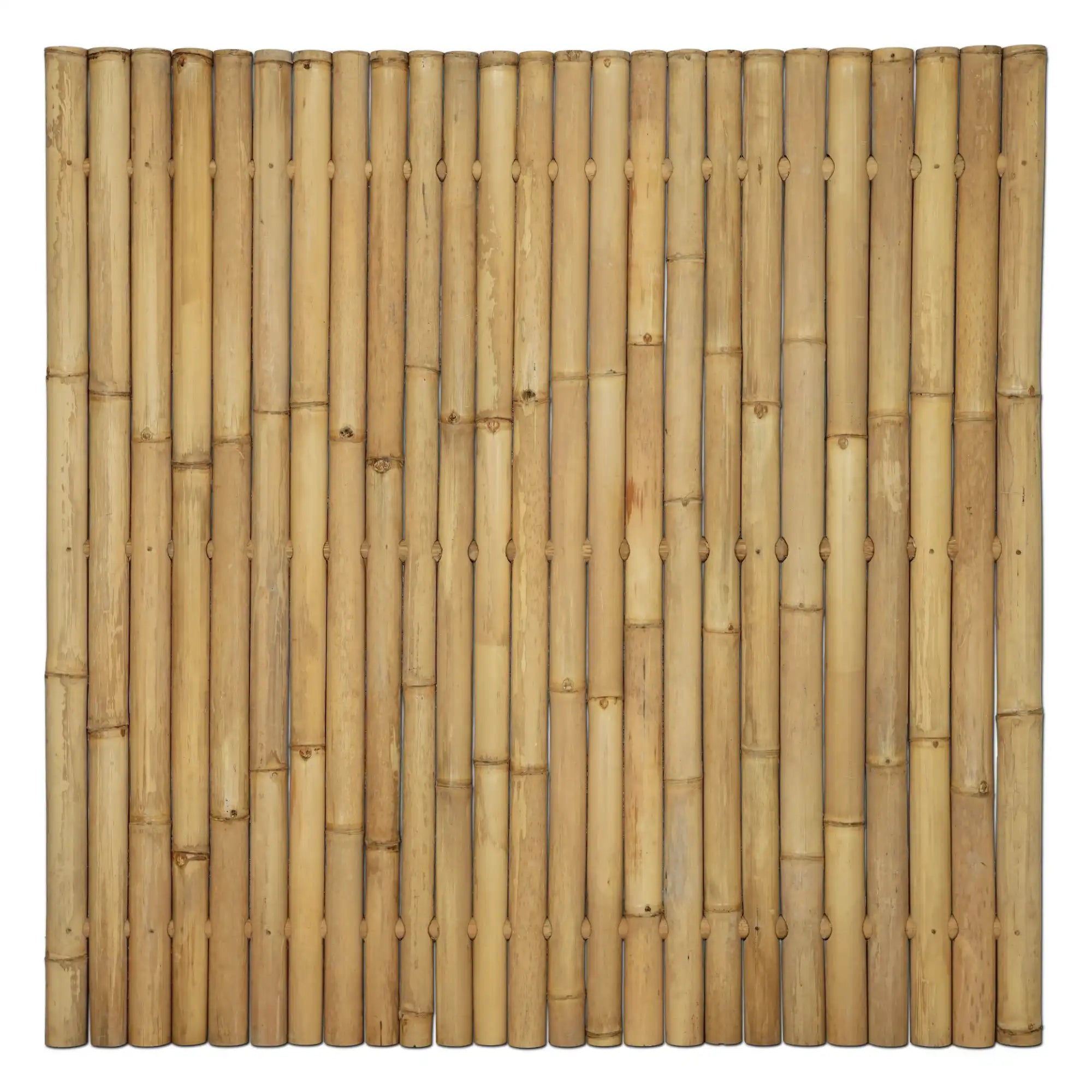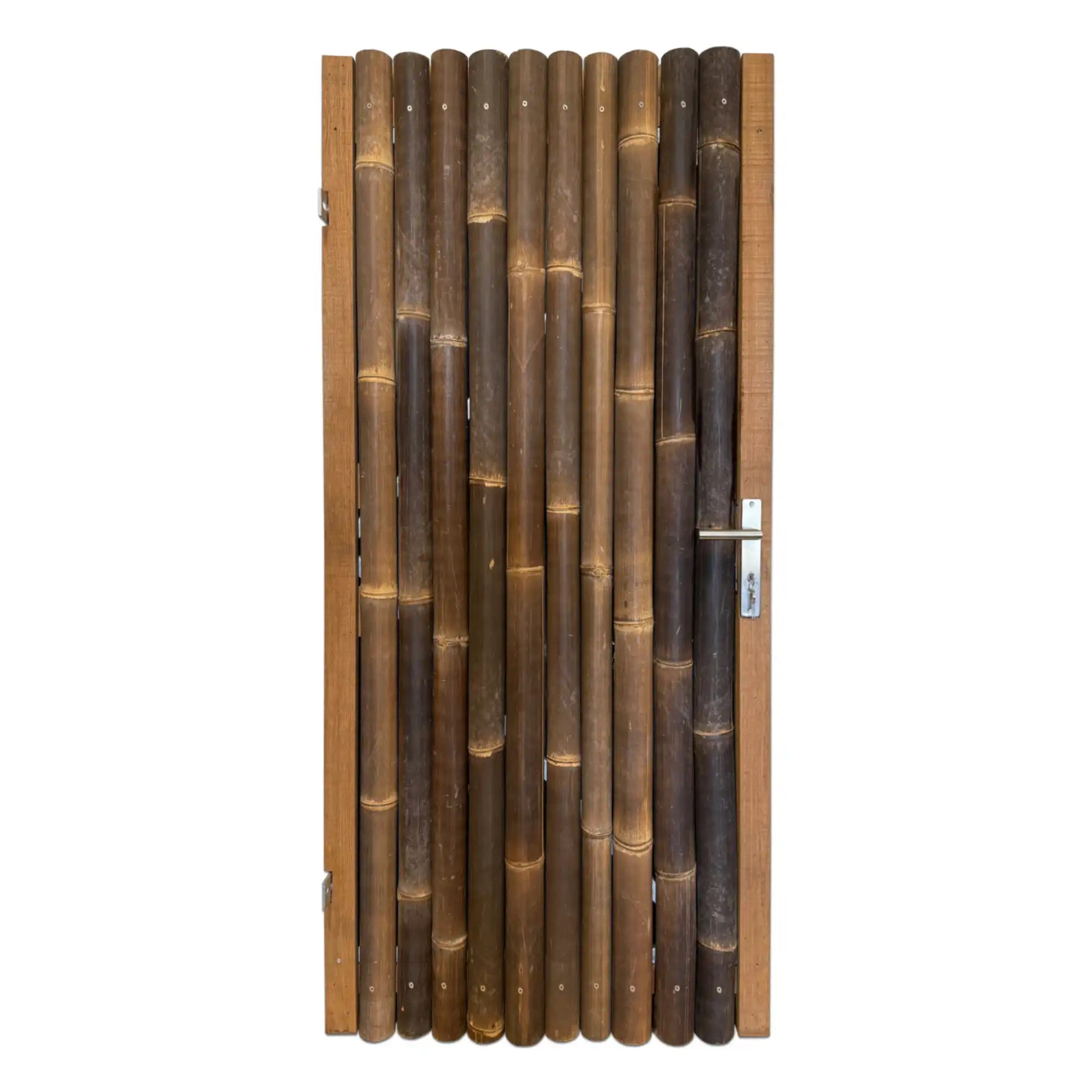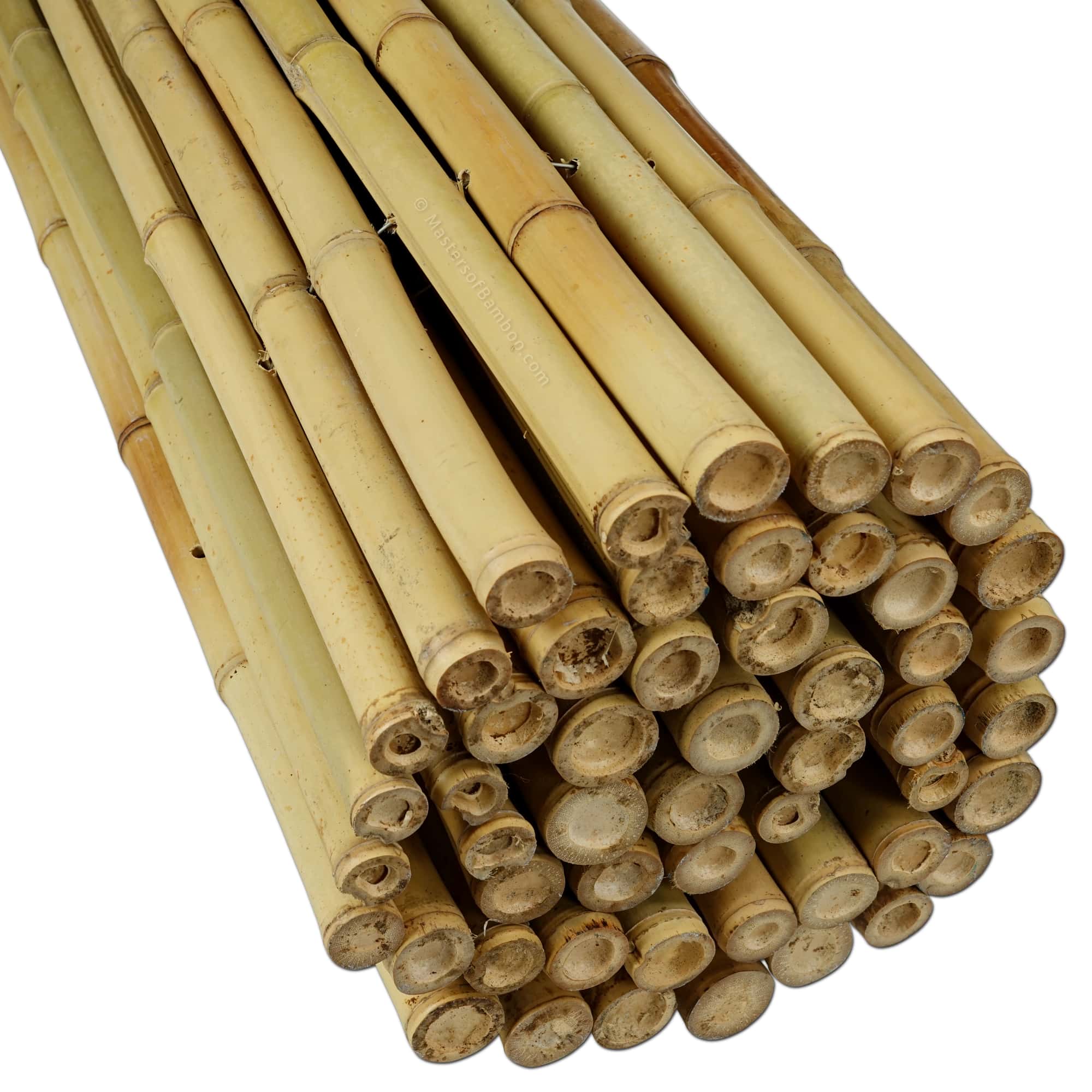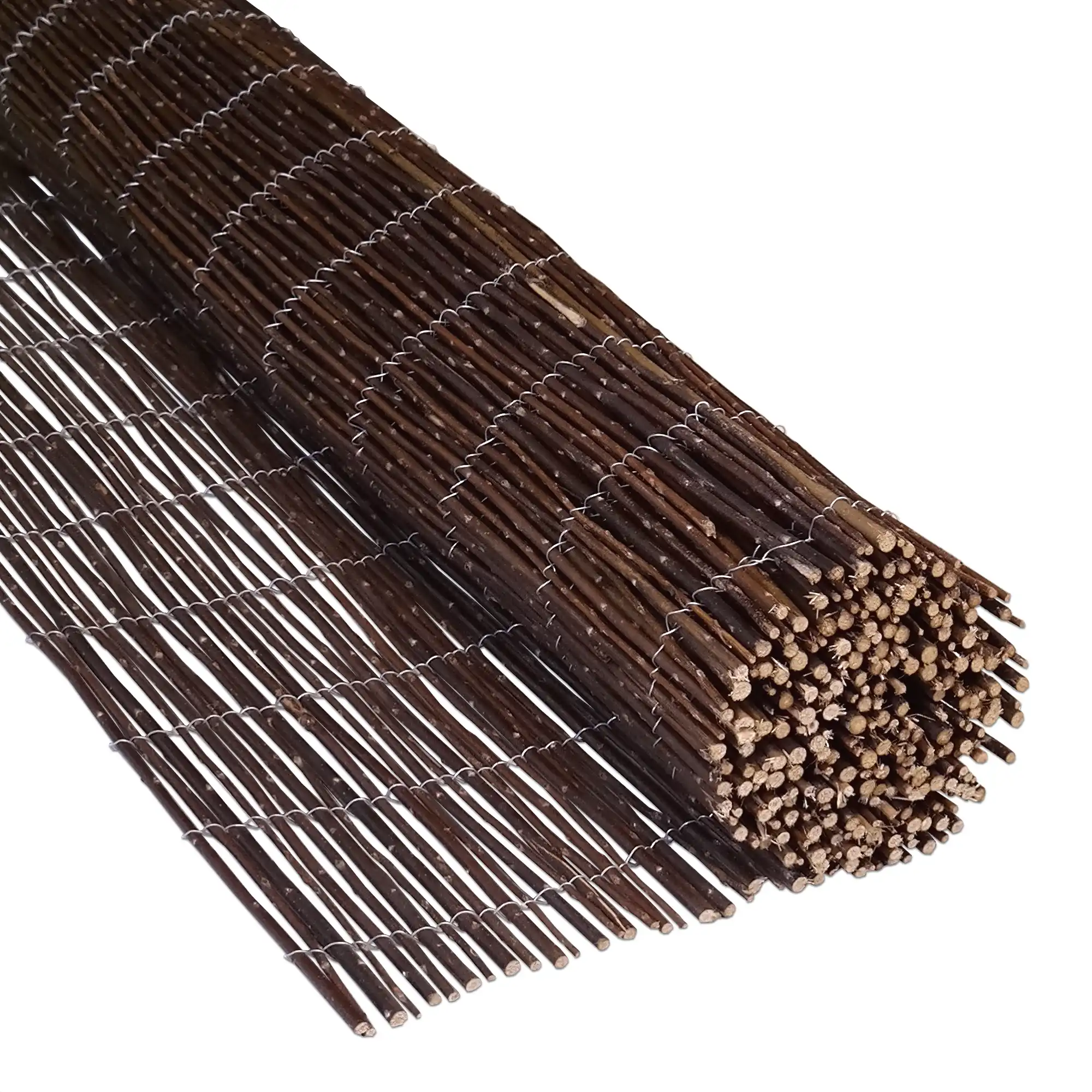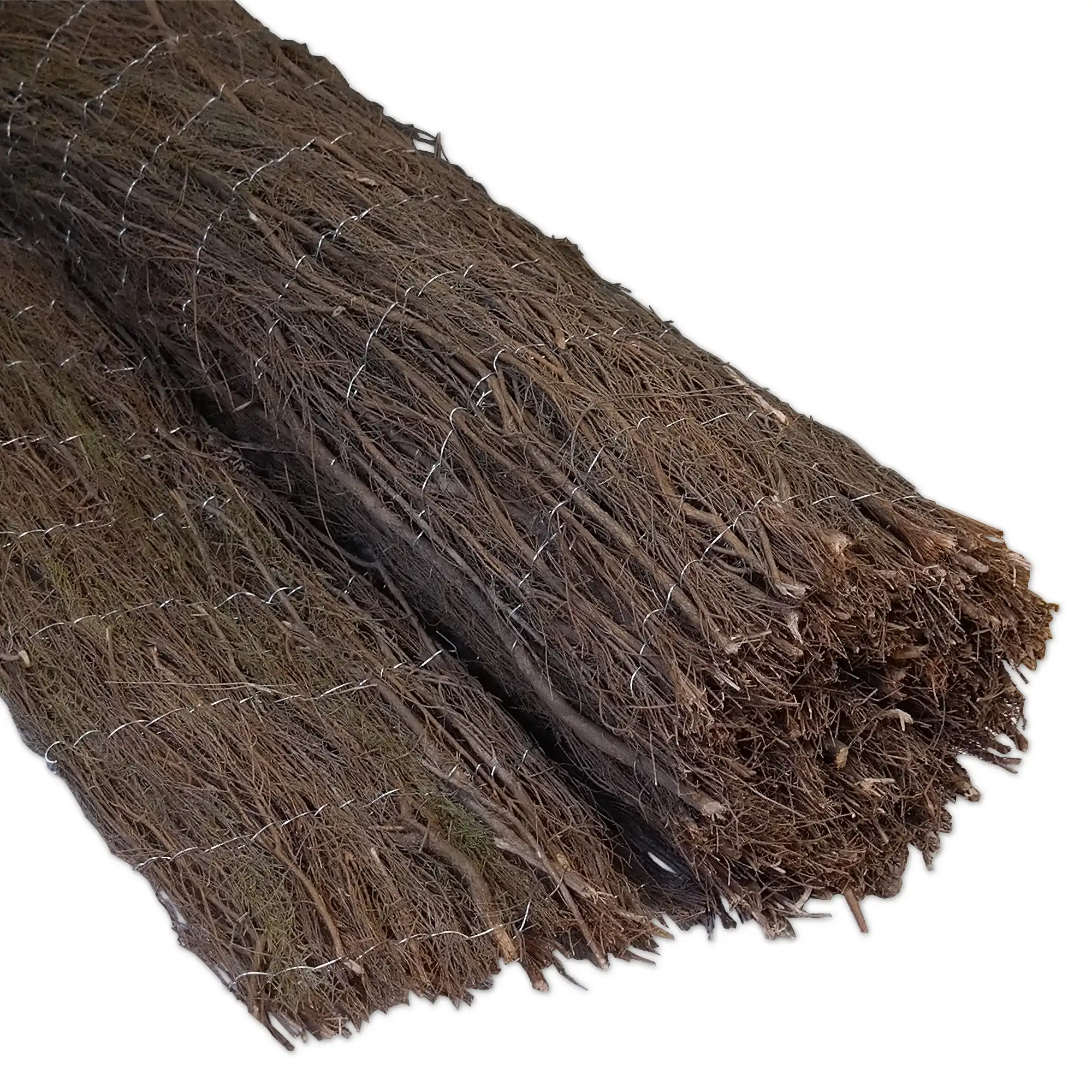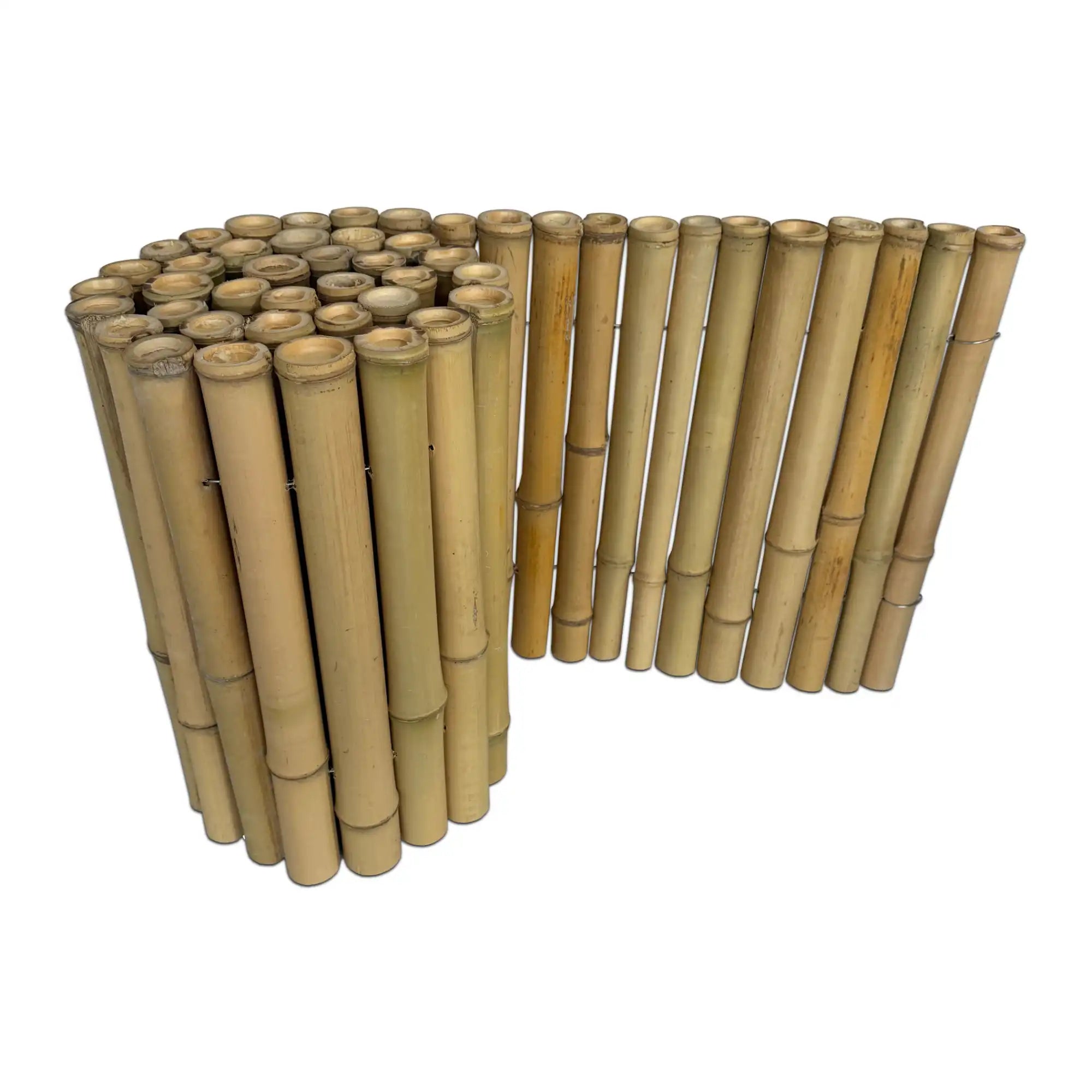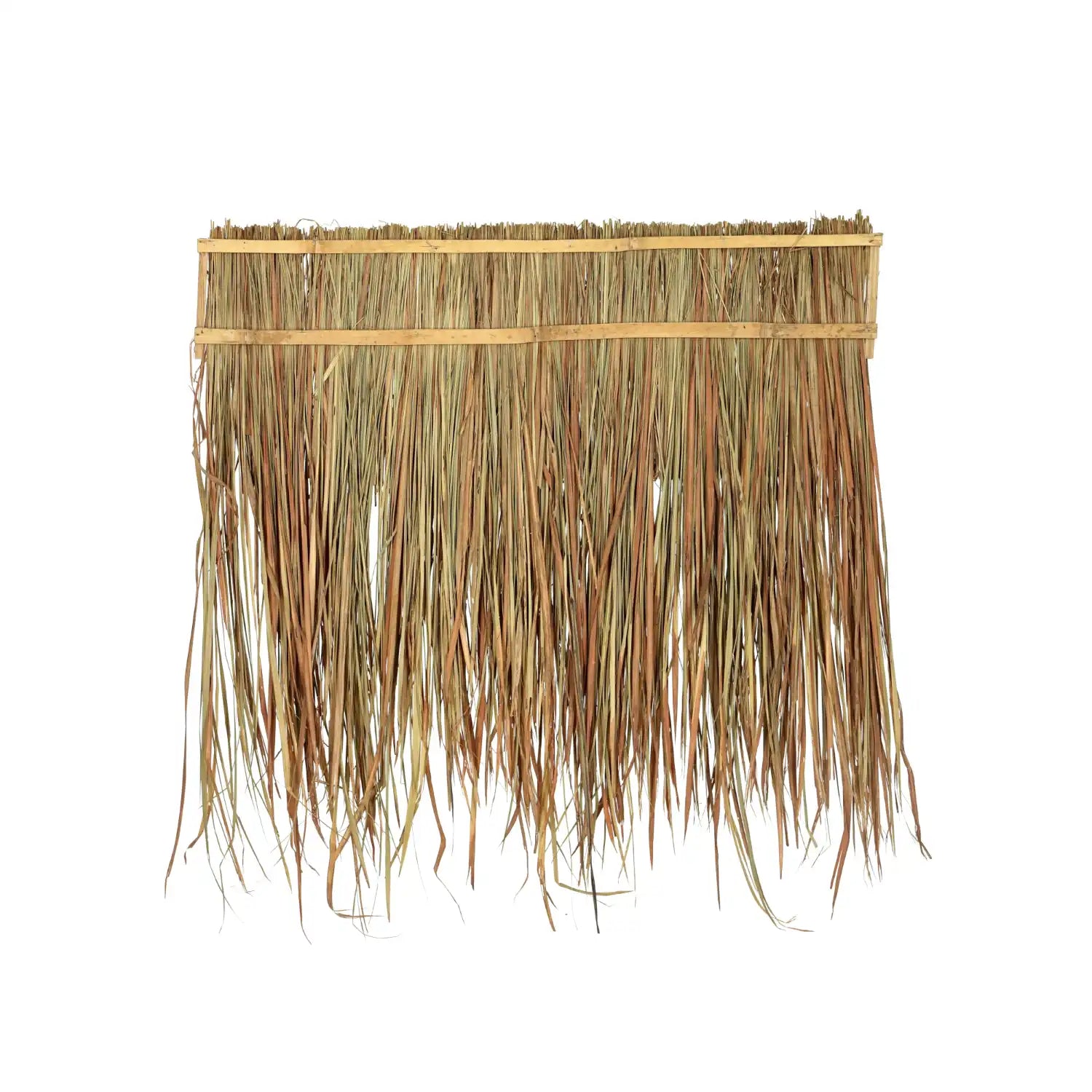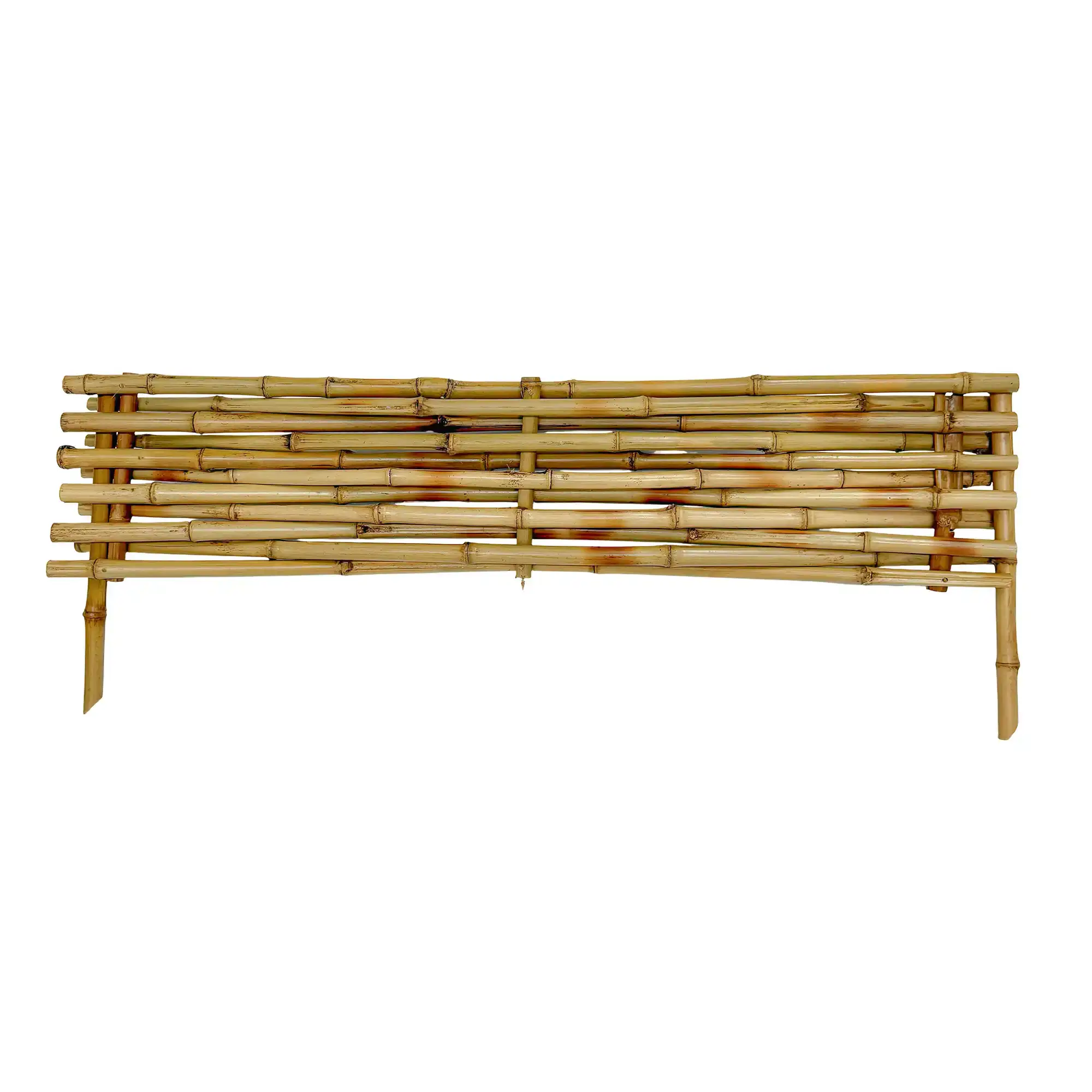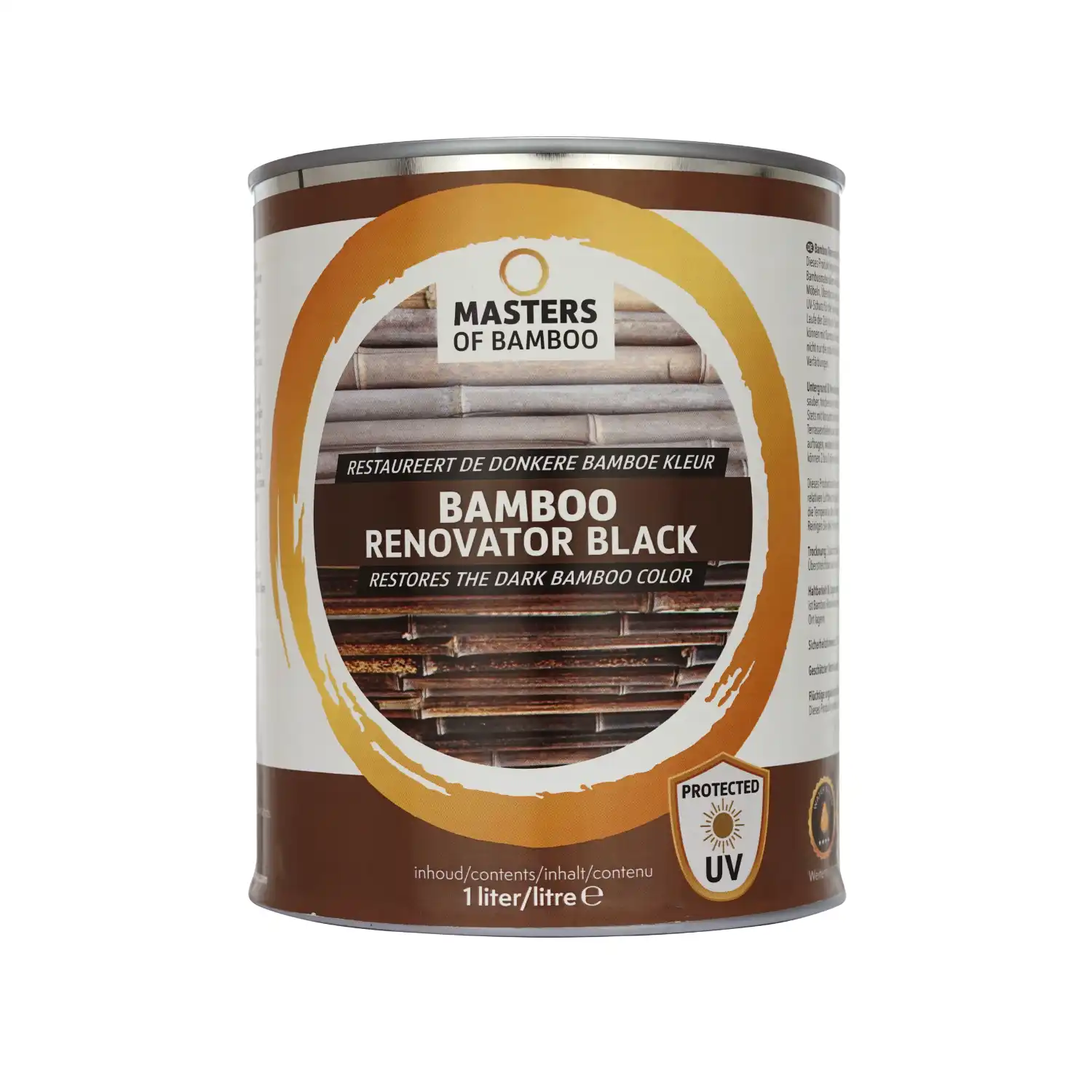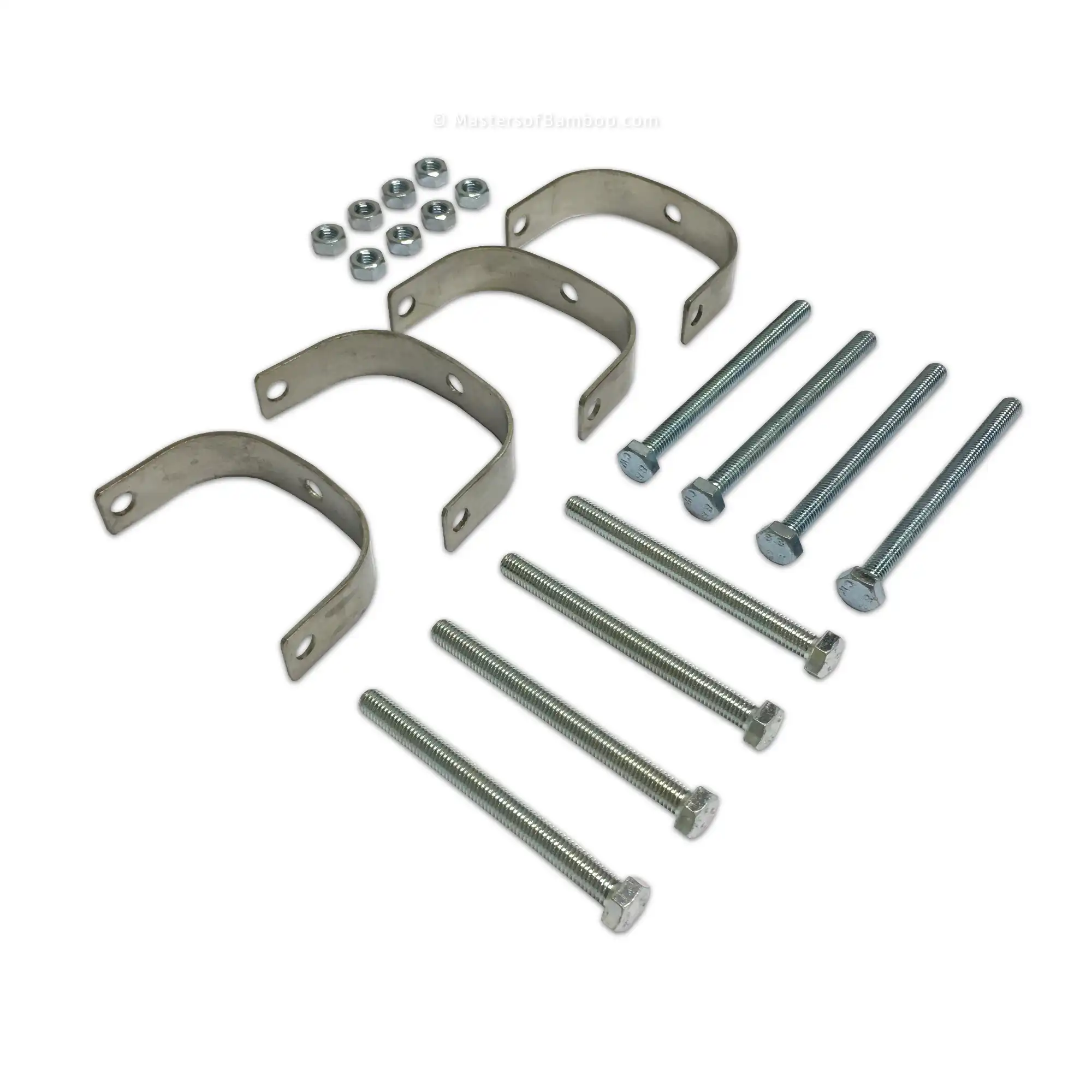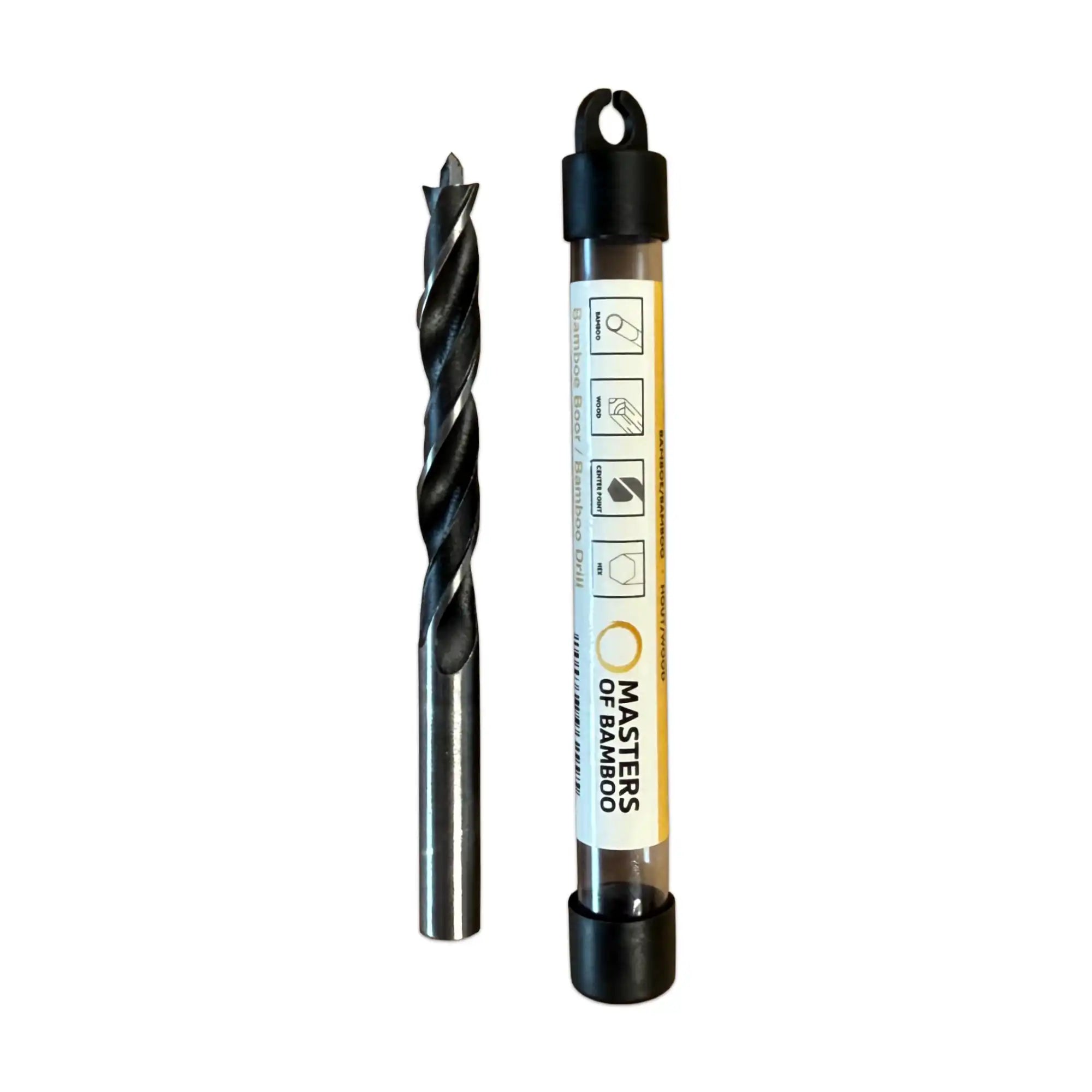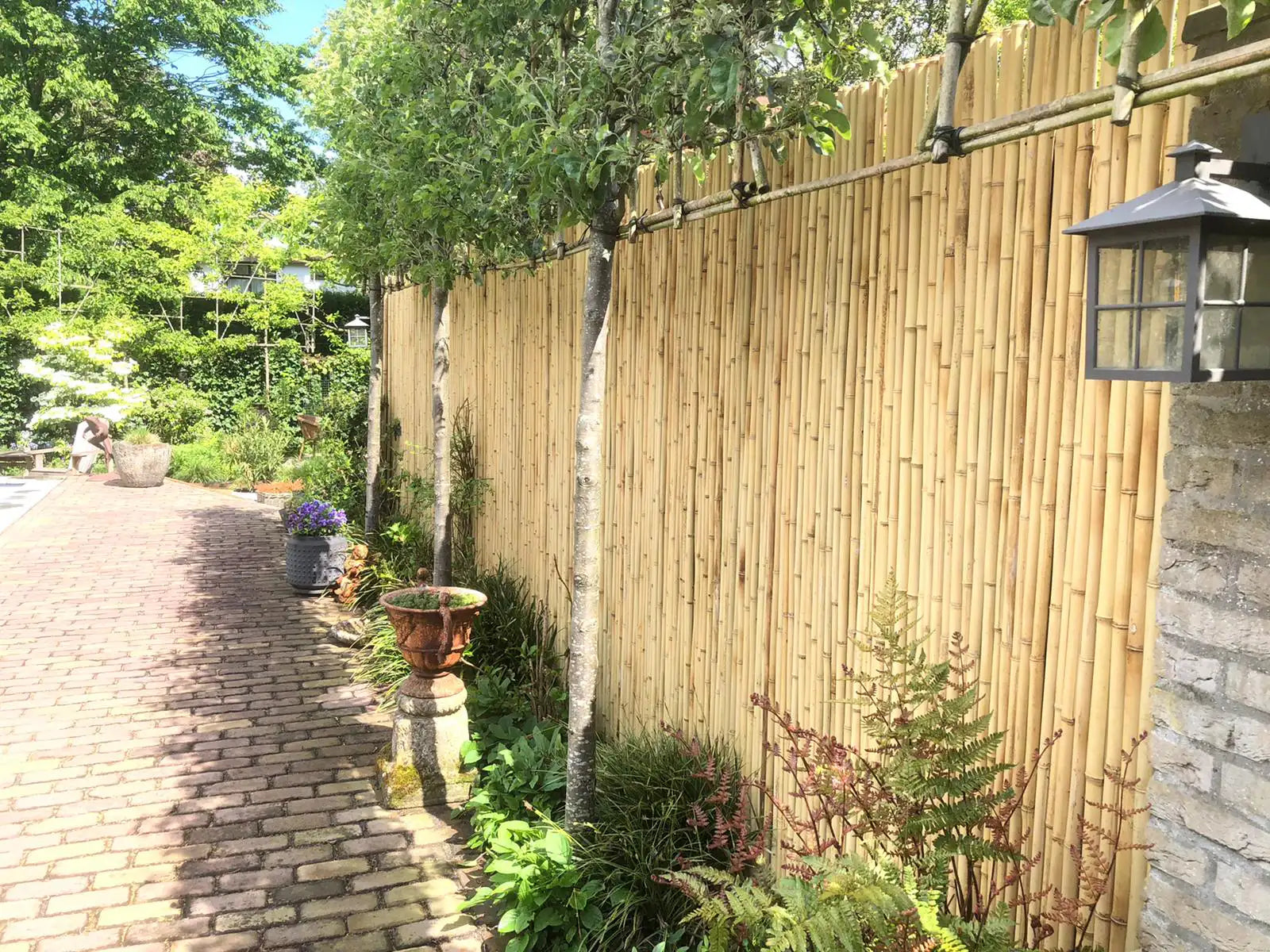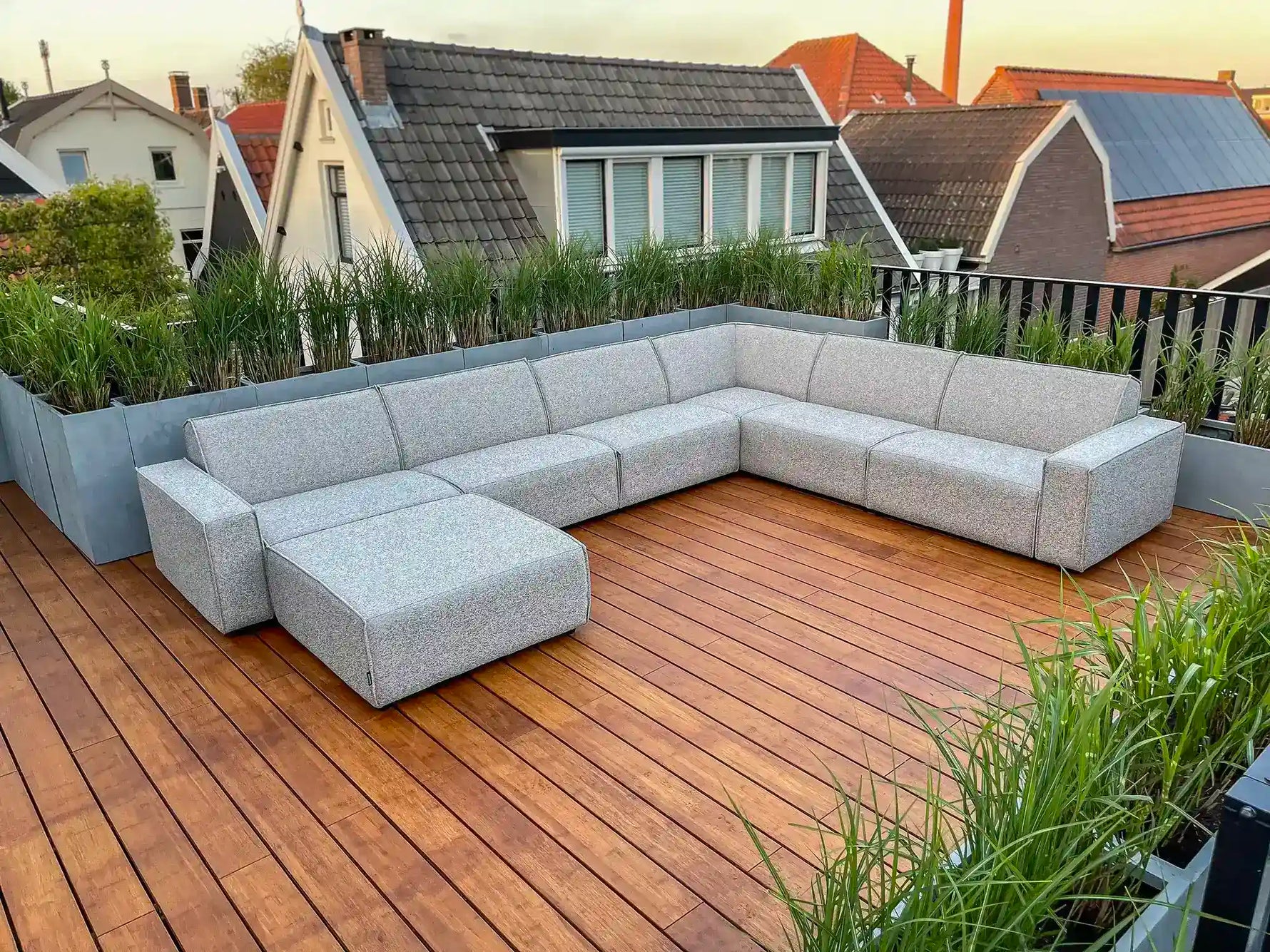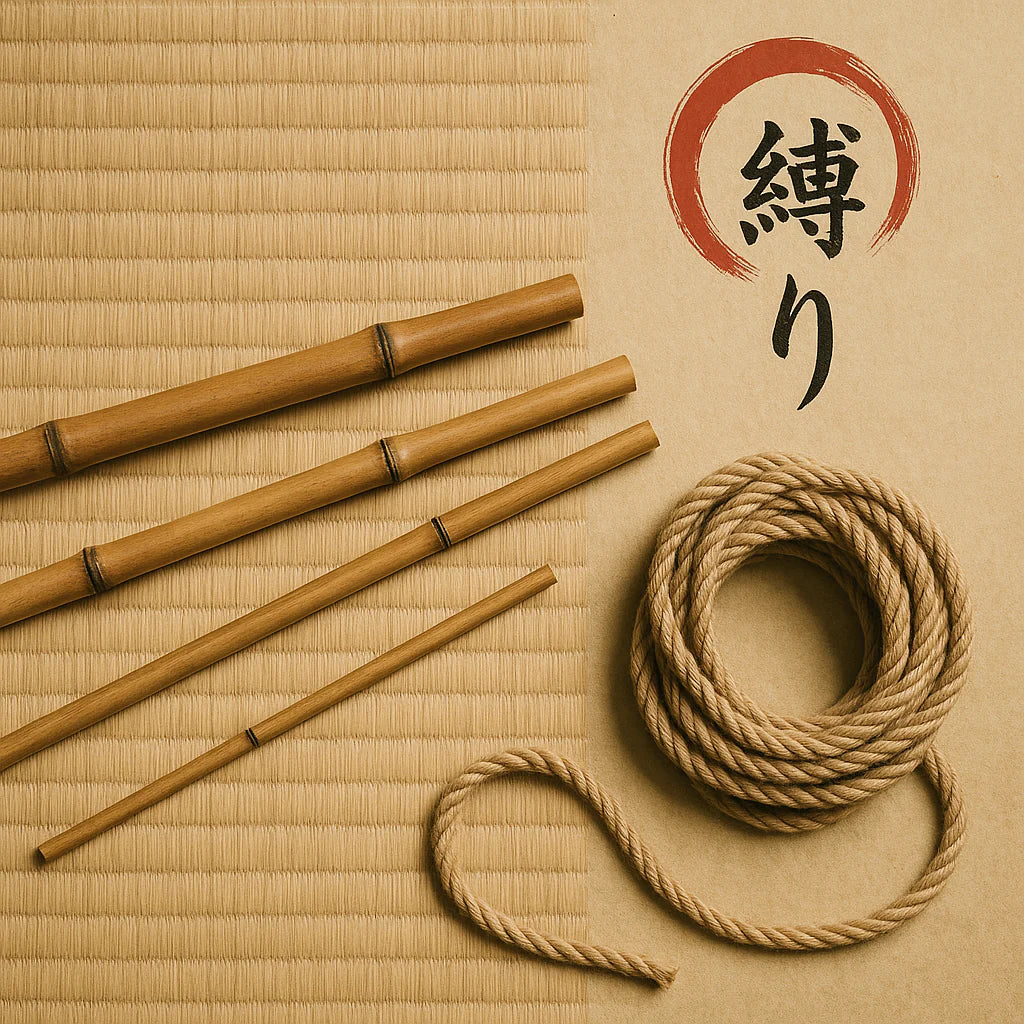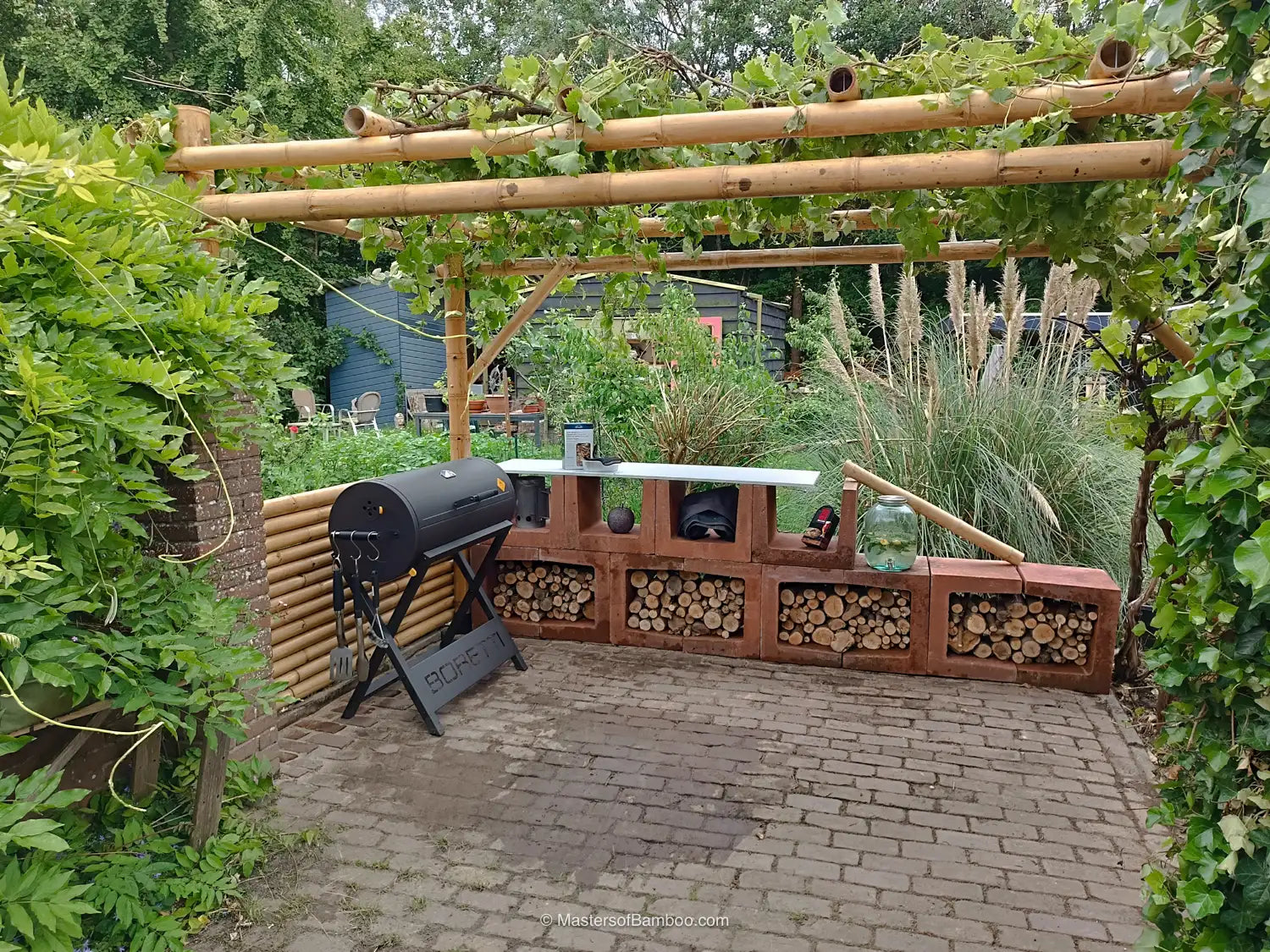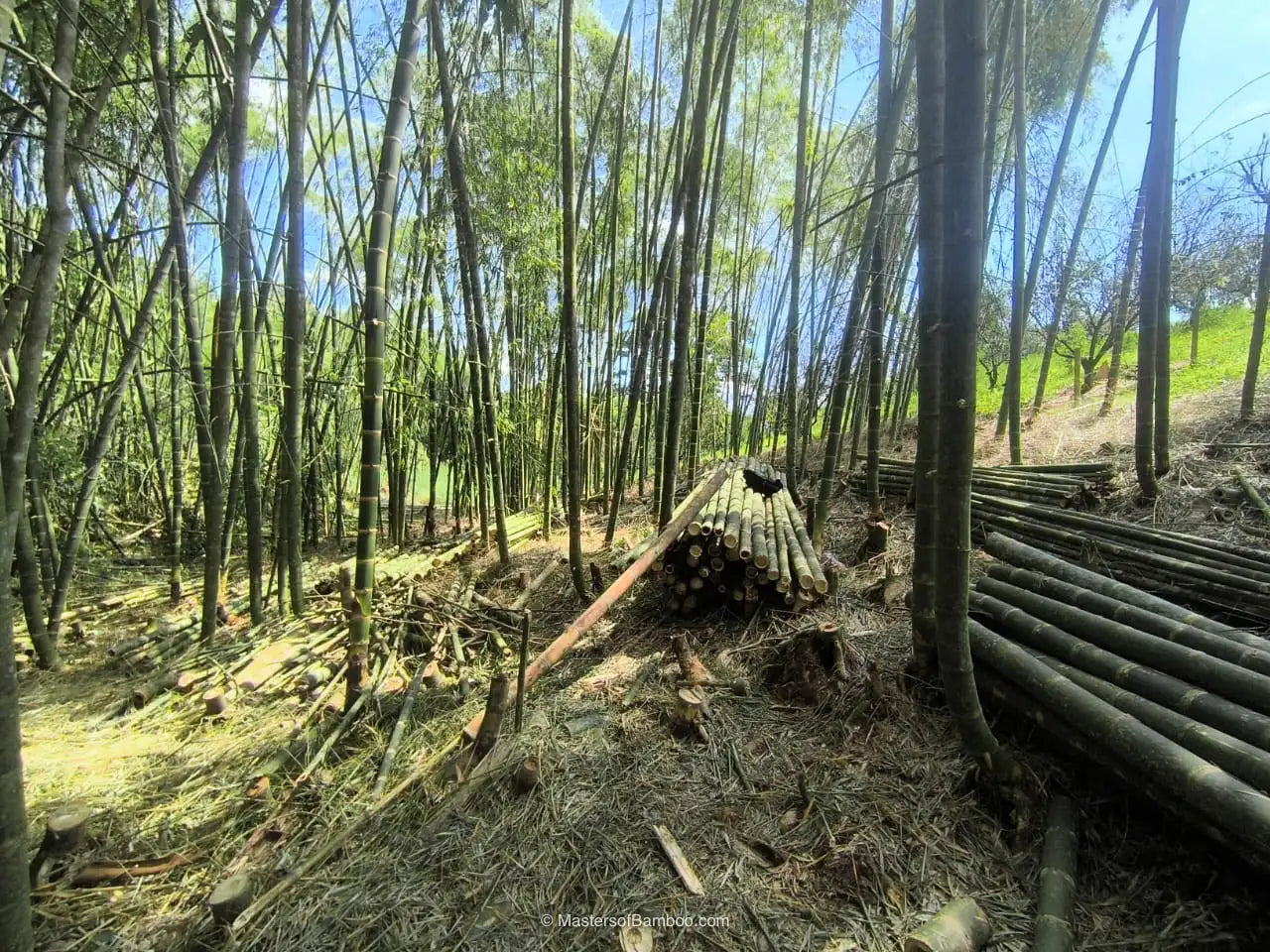
All about bamboo – is bamboo sustainable & what can you make from bamboo?
🌿 All about bamboo – sustainability, applications & special properties
Bamboo is one of the most versatile and sustainable materials in the world. Whether it's furniture, flooring, fences, or textiles: you see this remarkable material everywhere. But what makes bamboo so unique? Is bamboo truly sustainable? And what can you make with bamboo? In this article from Masters of Bamboo, you can read all about this wondrous plant and the material that's increasingly winning over more and more people.
🌱 What is bamboo anyway?
Many people think bamboo is a type of wood, but it actually belongs to the grass family . The difference is evident in the hollow stems and nodes (rings) that characterize the plant. There are more than 1,500 species of bamboo worldwide, ranging from small ornamental bamboos in gardens to giant bamboos that can grow up to 30 meters tall .
Bamboo grows naturally in Asia, Africa and South America, but is now used all over the world as a sustainable alternative to wood.

The miraculous growth power of bamboo
One of bamboo's most remarkable characteristics is its speed of growth. Some varieties grow up to 100 cm per day ! This makes bamboo one of the fastest-growing plants in the world. To see how fast bamboo grows, watch the video at the bottom of this blog post.
“Once you start working with bamboo and you delve deeper into this plant, you become inspired and discover that bamboo has wonderful properties,” says Pim van der Eng of Masters of Bamboo .
He explains that bamboo grows tall but not thick : the stem emerges directly from the ground at its final diameter. The way bamboo stores water is also unique: the hollow stems fill up during the rainy season and slowly release water to the roots during dry periods.
And then there's the mysterious flowering phenomenon : after 100 to 120 years, the mother plant begins to flower. At that point, all its offspring worldwide flower along with it – after which the entire generation dies. A remarkable and rare process that makes bamboo unique in the plant world.
Are you curious about how our bamboo poles are cut, treated and processed? View our production process here.
🌍 Is bamboo sustainable?
Yes, bamboo is one of the most sustainable materials available. This is due to several factors:
-
Fast growth – Bamboo grows up to five times faster than trees and reaches maturity in three to five years. After that, bamboo poles can be harvested annually.
-
CO₂ storage – Bamboo absorbs more CO₂ and produces more oxygen than many tree species.
-
Renewable – Because the roots remain intact when harvested, bamboo naturally re-grows.
-
Versatile applications – From building materials to textiles and disposables, bamboo replaces polluting alternatives such as plastic or hardwood.
- Yield per m2 - A bamboo plant produces many bamboo poles per m2 compared to a tree that needs a lot of space around it.
👉 This makes bamboo not only sustainable, but also a crucial material in the transition to a greener future .

🛠️What can you make from bamboo?
The possibilities with bamboo are almost endless. At Masters of Bamboo, we see every day how creatively consumers, contractors, and architects use it.
Construction & Garden
-
Bamboo fences and screens – for privacy and a natural look.
-
Pergolas and canopies – stylish and sustainable, from sleek modern to Ibiza style.
-
Decking and cladding – strong, weather-resistant and low-maintenance.
-
Borders & mats – flexible separations for gardens and vegetable plots.
Interior
-
Furniture boards and furniture – bamboo is increasingly used for tables, cabinets and chairs.
-
Roller blinds and room dividers – atmospheric and natural window decoration.
-
Floors and wall coverings – strong, warm and suitable for modern interiors.
Other applications
-
Textiles – Bamboo fibres are processed into soft and breathable fabrics.
-
Kitchen utensils & utensils – from cutting boards to straws.
-
Events & Decorations – ideal for festivals and tropical themes.

🧹 How do you maintain bamboo?
Just like wood, bamboo requires maintenance to stay beautiful. Think of cleaning fences or treating furniture.
-
Cleaning – with lukewarm water and a soft brush.
-
Treatment – oil or stain prevents graying and protects against the elements.
-
Protection – ensure the bottom of the bamboo is not permanently exposed to moisture.
👉 Read more in our extensive blog:
How to maintain bamboo products
❓ Frequently asked questions about bamboo
1. Is bamboo stronger than wood?
Yes, bamboo is harder than many types of wood and is even compared to hardwood.
2. How long does bamboo last?
Depending on application and maintenance, bamboo can last 10 to 20 years or longer.
3. Can bamboo grow in the Netherlands?
Yes, non-invasive species such as Fargesia are popular in gardens.
4. Is bamboo suitable for outdoor use?
Certainly, bamboo fences, pergolas and decking boards are specially designed for outdoor use.
5. Why is bamboo so sustainable?
Because it grows fast, is renewable, absorbs CO₂ and has versatile applications.
✨ Conclusion
Bamboo is much more than a beautiful natural material: it's a sustainable, strong, and versatile alternative to wood and plastic . From garden fences and pergolas to furniture, flooring, and textiles – the possibilities are endless.
At Masters of Bamboo, we're happy to help you turn your ideas into reality. Whether you're a consumer, contractor, or architect, we offer advice, custom solutions, and a complete range of bamboo products .
👉 Discover our collection of bamboo products and make your project sustainable.
